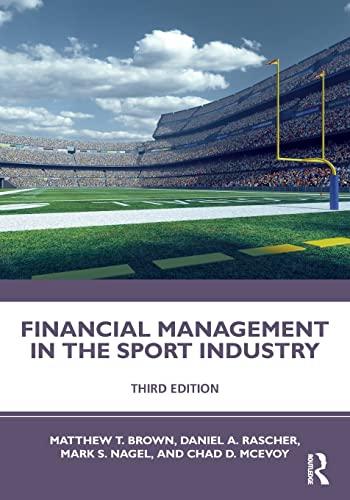Derivatives are securities whose prices are dependent on one or more underlying assets. Since the value of the securities is derived from the value of the underlying assets, the securities are called derivatives. Some examples of derivatives are: options, convertible fixed-income securities, warrants, rights offering, and swaps. Based on your understanding, identify the type of each derivative described in the following table. Description Type of Derivative These options are attached to fixed-income securities that can be separated from the security. They give the owner of the option the right, but not the obligation, to purchase common stock of the company at a particular price during a specified period of time. These securities allow the owners of preferred stock to change their shares into common stock of the company to profit from the increase in the value of the common stock. This security's value is derived from another asset, for example, the value of the S&P 500 Index, wherein the underlying asset is the S&P 500 Index (SPX). L Options are often referred to as contingent claims or wasting assets. In the first case, because their value is dependent upon the value of the underlying stock, and in the second case, because their value is dependent on the length of time until the option expires. Option values are also affected by several other factors, and these factors will affect the value of call options and put options differently. However, understanding the effects of these different factors is the first step in understanding option pricing models The following table shows how increases in the given factors on the left affect the value of a put option. For each factor, indicate whether an increase in its value causes the value of the put option to increase or to decrease. Causes the Value of the Put Option To Increases in this factor: Underlying stock price Exercise price Time to expiration Volatility Increase Decrease Suppose Carmen bought an option that gives her the right to buy the stock of Company A at an exercise price of $45 per share. Conpany A's stock is trading at $43 per share and has a 50% chance of increasing to $50 per share and 50% chance of falling to $40 per share. Laurenz also bought a similar call option for Company B, whose stock was trading at $35 per share with the same exercise price and expiration date. Company B's stock has a S0% chance of increasing to S65 per share and a 50% chance of falling to $25 per share. If all other things are the same, who is likely to pay more for the option? O Laurenz O Carmen This is true because the the value of the call option the volatility in the expected stock price of the underlying stock, the







